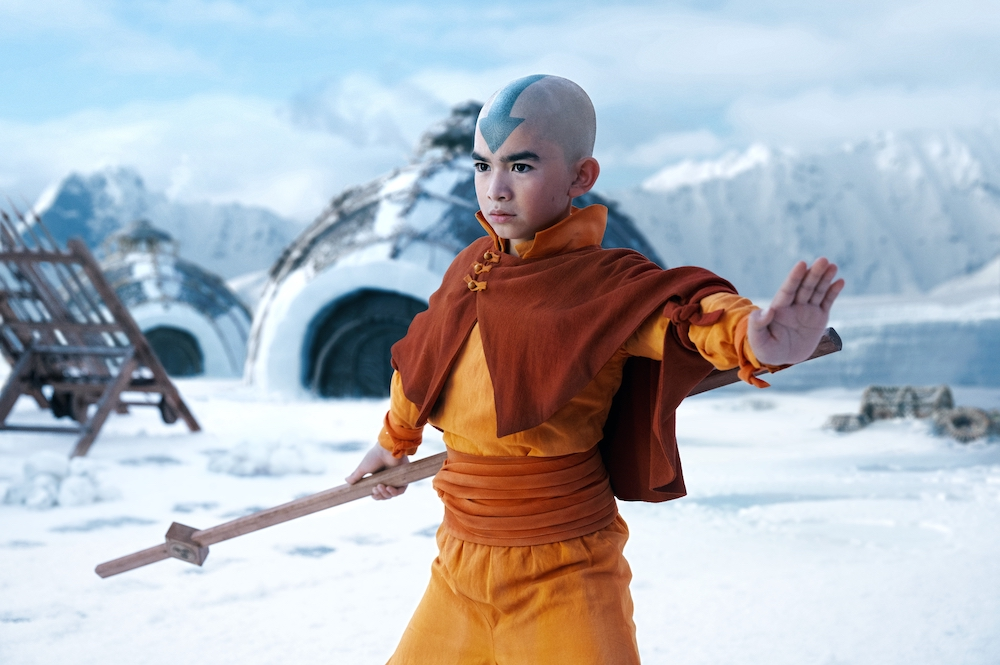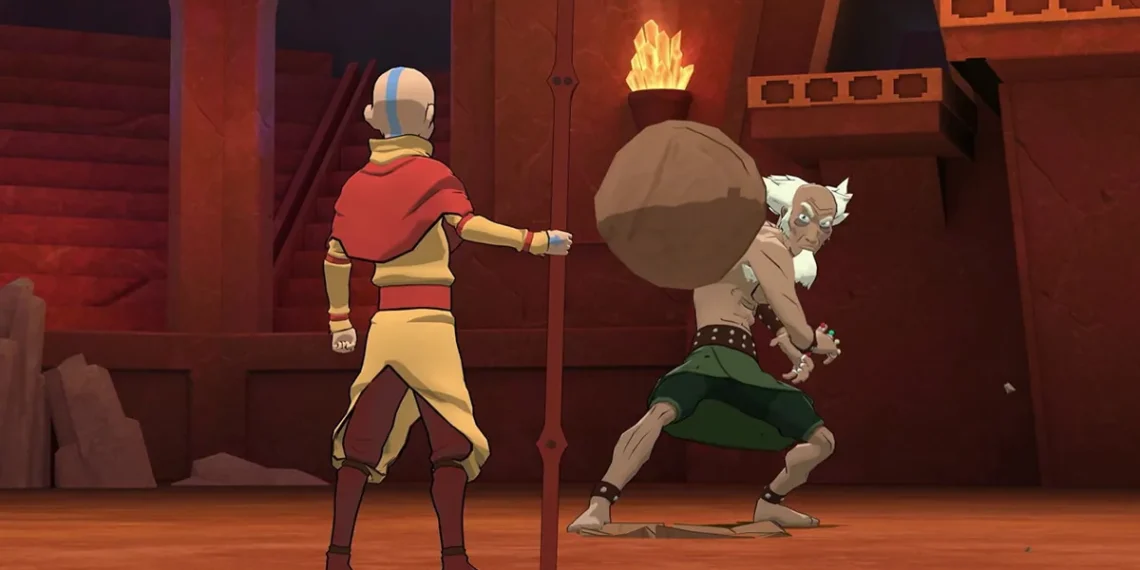King Bumi is portrayed in Avatar: The Last Airbender season 1 as a significant supporting figure in the history, present, and future of the show. The original Last Airbender series and Netflix’s live-action version have a similar timeline, so Bumi’s inclusion occurs at roughly the same point in both.
This is made possible by Netflix’s determination to broadcast the live-action portions of Book One of Avatar: The Last Airbender exclusively, which results in a far more condensed narrative.
Even though the first season of Avatar: The Last Airbender on Netflix is based on the original story from Book One, there are some significant adjustments made to the plot.
When Aang and his friends visit the city of Omashu in The Last Airbender episodes 3 and 4, a significant portion of the aforementioned alterations are there.

The character of King Bumi, whose complexity and significance to the universe of Avatar: The Last Airbender’s fighting methods, characters, and plot cannot be underestimated, is credited with both modifications and similarities to the original program while it is there.
Who Is King Bumi?
Bumi’s title in both Avatar: The Last Airbender versions is King of Omashu. One of the last strongholds of the Earth Kingdom that has escaped the Fire Nation’s control is Omashu. Omashu is one of the last bastions of hope that the Fire Nation is not overtaking the rest of the globe, along with Ba Sing Se, its capital.
That’s why the people of Avatar: The Last Airbender think highly of Omashu and its king. Bumi is, interestingly enough, a character from Aang’s past. It is shown in short flashbacks that Aang was previously friends with Bumi when she was younger.
Bumi managed to survive despite Aang being trapped in ice for a hundred years, and they have been battling the Fire Nation ever since. The Netflix series of Last Airbender upholds the notion that Bumi and Aang’s relationship spans a century, even though the original show goes into greater detail about their connection.
Although Bumi and Aang were depicted as close friends when they were younger, Bumi is introduced in The Last Airbender episode 4 as something of an adversary.
When the Avatar gets to Omashu, Bumi starts putting Aang through a series of potentially fatal challenges, leaving many wondering what these trials were like and why Bumi is treating his old buddy this way. The first few challenges are insignificant; Aang has to get out of specific circumstances, and Bumi cracks jokes to ease the tension between them.
But the difficulties gradually get worse until Aang is made to face Bumi one-on-one in a duel. One of the strongest Earthbenders in Avatar: The Last Airbender, Bumi puts Aang to the test before presenting him with a difficult decision: fight Bumi to save his own life at the expense of the king’s, or give his own life to save his old buddy.

The purpose of the trials Bumi made Aang go through was to make him face the fact that, in his role as the Avatar in the conflict with the Fire Nation, he would have to make difficult choices. It is because of his personal experiences since the Fire Nation started the war that Bumi is pressing Aang to come to this truth.
Being the only leader of one of the last cities in the Earth Kingdom, Bumi must make decisions every day that affect the course of people’s lives.
Bumi is aware of the significance of these choices as well as Aang’s reluctance to assume the responsibilities that come with being the Avatar. Thus, Bumi’s trials were a useful, although severe, means of pressuring Aang to accept accountability.





